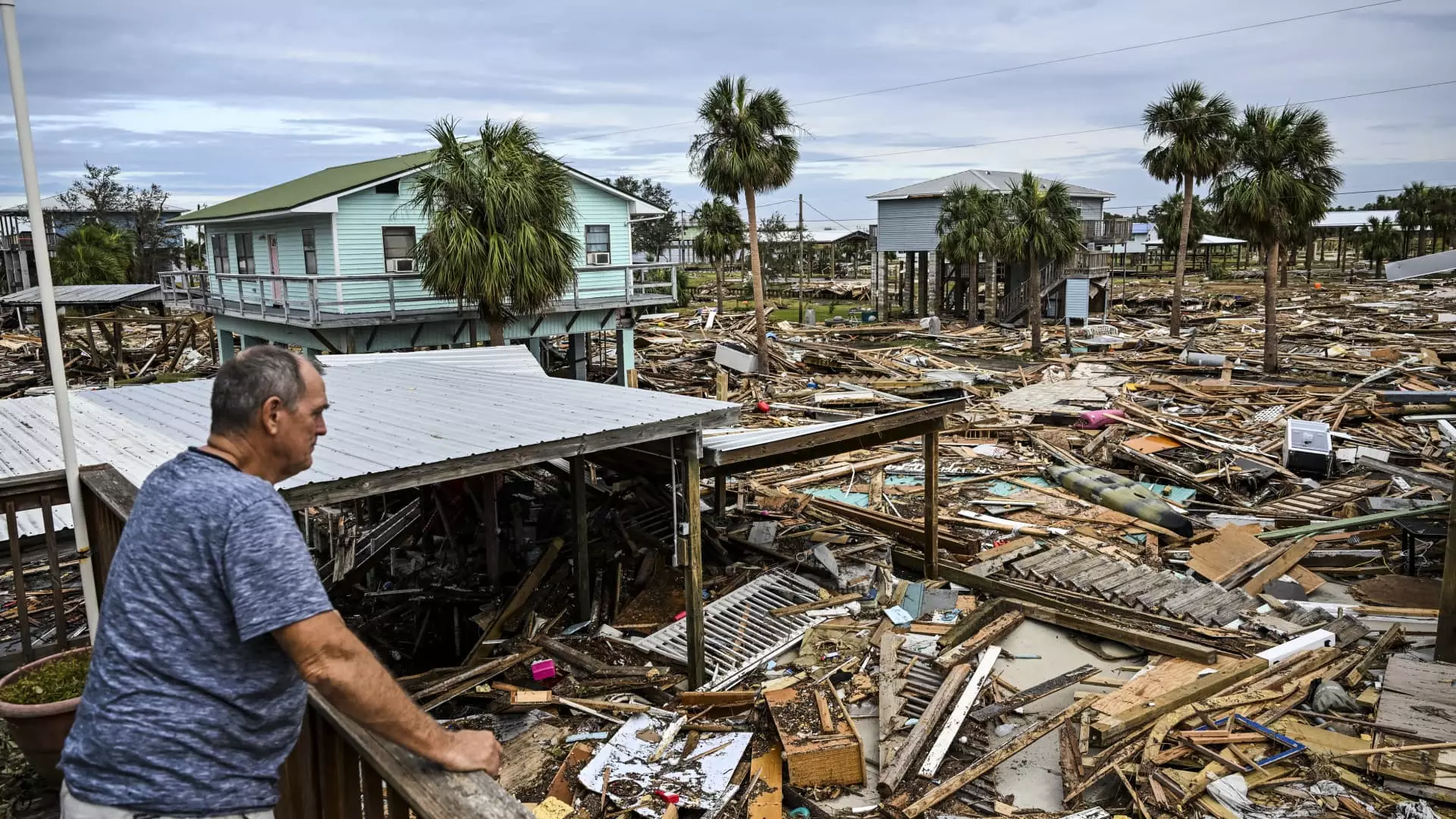Natural disasters wreak havoc not only on communities but also on the financial stability of their victims. Hurricanes like Helene and Milton recently swept through multiple states, leaving behind a trail of destruction. In the aftermath of such catastrophic events, individuals may find themselves grappling not only with recovery but also with complex tax implications. Specifically, the IRS provides a casualty loss tax deduction for certain qualifying individuals, yet the eligibility criteria and calculations can often be confounding. This article delves into the nuances of tax relief post-natural disasters, aiming to elucidate who qualifies and how to navigate the intricate process.
The destruction caused by Hurricanes Helene and Milton has been devastating. Covering states such as Florida, Georgia, North Carolina, and South Carolina, these disasters have impacted both insured and uninsured homeowners. Estimates suggest that losses from these storms could amount to tens of billions of dollars. With such widespread damage, understanding the stipulations surrounding tax relief becomes paramount for affected individuals. The IRS has indicated that qualifying victims may amend their 2023 tax returns to leverage the casualty loss tax deduction, presenting a vital opportunity for financial respite.
However, despite this potential lifeline, the qualification process is rife with complexities that can trip up even the most diligent taxpayers. Should the IRS classifications of a “federally declared disaster area” define eligibility, this raises questions about how residents in the periphery of such areas can receive aid.
Historically, taxpayers had broader access to casualty loss deductions, including damages from a variety of disasters such as fires and floods. However, the Tax Cuts and Jobs Act of 2017 introduced limitations that constricted eligibility. Currently, only losses in federally declared disaster areas qualify for deductions until 2025. This temporal restriction may amplify the anxiety and confusion for homeowners who find themselves in dire need of assistance but do not meet the specific criteria outlined by the IRS.
Additionally, understanding the financial nuances of the casualty loss deduction is not as straightforward as it may seem. For an individual to file for this deduction, they must determine their home’s “adjusted basis,” which reflects the original purchase price adjusted for certain improvements. This process necessitates an accurate valuation of the property before and after a disaster. However, many homeowners may not possess an up-to-date appraisal of their property value, complicating the claims process further.
Experts recommend utilizing IRS ‘safe harbor’ methods that simplify this valuation process, yet these approaches can still leave taxpayers with questions about fairness and accuracy, especially when nuances of market value are involved.
Once a taxpayer has established their home’s pre-disaster market value and their adjusted basis, they must compare the two figures to determine their loss. Choosing the lesser of the two is essential for accurate deduction claims. From there, insurance proceeds and other relief payments must be subtracted, leading to the final casualty loss figure. This amount is then further reduced by $100 and 10% of the taxpayer’s adjusted gross income (AGI).
The implications of AGI on potential deductions cannot be overlooked; a higher AGI equates to a lower deductible loss. This aspect perpetuates inequities, as many lower-income families may find their losses unduly minimized due to their financial circumstances.
Special considerations exist for “qualified disaster losses,” which may allow taxpayers to offset their losses in a more beneficial manner. These circumstances hinge on congressional action, meaning changes in legislation can directly impact the relief available to disaster victims. Under these unique conditions, the deduction threshold rises to $500, the 10% AGI limitation may be waived, and taxpayers can stack these losses atop their standard deduction.
In the wake of recent disasters, advocacy for legislative reform could ensure that casualty loss deductions become more inclusive, thereby providing genuine support to those recovering from devastating blows.
Natural disasters prompt not only physical destruction but also financial dilemmas for victims navigating the IRS’s complex tax code. While casualty loss deductions offer a potential avenue for relief, the tangled eligibility criteria and convoluted calculations pose significant challenges. It is imperative for affected individuals to seek professional advice and remain informed about their rights and potential support. As the impacts of climate change predict an increase in natural disasters, it is crucial for tax policies to adapt to meet the emerging needs of the populace.

